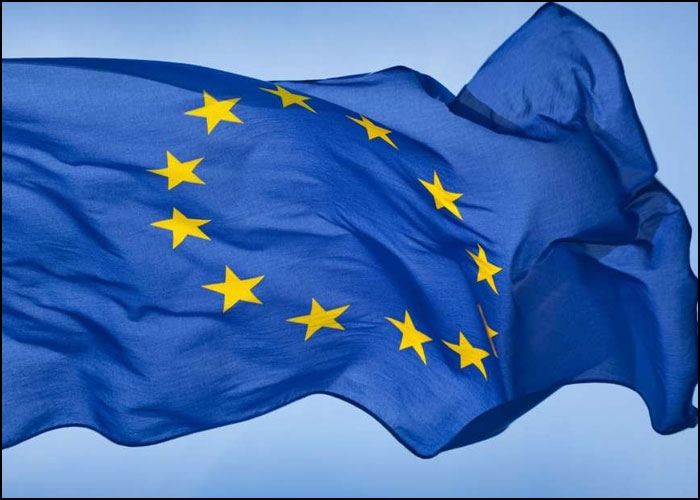Eurozone GDP Growth Improves In Q2
The euro area logged a faster growth in the second quarter as France, Italy and Spain fared well despite deepening energy crisis and high inflation, while the German economy failed to gain momentum, official data showed Friday.
Gross domestic product grew 0.7 percent on a quarterly basis, following the first quarter’s 0.5 percent expansion, preliminary flash estimate from Eurostat revealed. The growth was forecast to ease to 0.2 percent.
Year-on-year, economic growth eased to 4.0 percent in the second quarter from 5.4 percent in the preceding period. Nonetheless, the pace of growth was faster than economists’ forecast of 3.4 percent.
The next estimate for the second quarter will be released on August 17.
The acceleration in the euro area economic growth is mainly due to reopening effects and masks underlying weakness due to high inflation and manufacturing problems, Bert Colijn, an ING economist said.
GDP is likely to continue a downward trend as the services reopening rebound moderates, global demand softens and purchasing power squeezes persist. Colijn expects a mild recession starting in the second half of 2022.
Eurozone GDP is likely to register zero growth in the third quarter as the re-opening boost fade and the region is set to enter a recession later this year as a result of high inflation, rising interest rates and the worsening energy crisis, Capital Economics economist Andrew Kenningham said.
Among the big-four economies, Germany was the underperformer in the second quarter.
Germany’s GDP stagnated as growth in household and government spending was offset by the weaker foreign trade. The economy was forecast to grow 0.1 percent after expanding 0.8 percent in the first quarter.
On a calendar-adjusted basis, GDP grew 1.4 percent annually, much weaker than the 3.6 percent growth logged in the previous quarter.
On the other hand, the French economy rebounded more than expected in the second quarter driven by foreign demand and investment.
GDP grew 0.5 percent from the preceding quarter, when the economy shrank 0.2 percent. GDP was forecast to grow 0.2 percent.
Spain’s economic growth also accelerated more than expected in the second quarter, underpinned by household spending and exports.
GDP advanced 1.1 percent quarter-on-quarter, faster than the 0.2 percent expansion posted a quarter ago and faster than the expected rate of 0.4 percent.
Likewise, Italy’s economic growth accelerated to 1.0 percent from a meager 0.1 percent in the first quarter and well above economists’ forecast of 0.3 percent.
The EU27 GDP expanded 0.6 percent sequentially taking the annual growth to 4.0 percent in the second quarter.
Official data showed that inflation in the currency bloc surged to a fresh record high 8.9 percent in July, while the rate was expected to remain unchanged at 8.6 percent.
Excluding energy, food, alcohol and tobacco, core inflation rose to 4.0 percent from 3.7 percent in the previous month.
Source: Read Full Article

